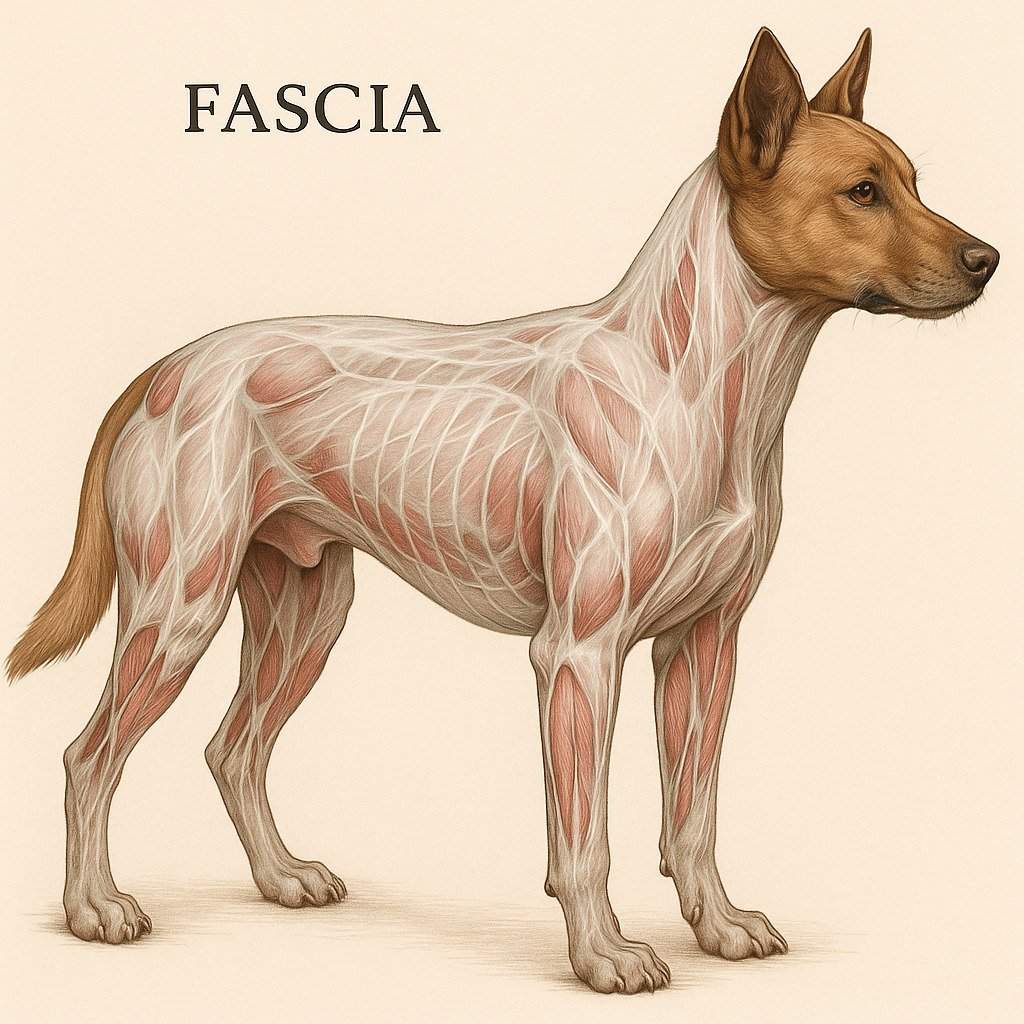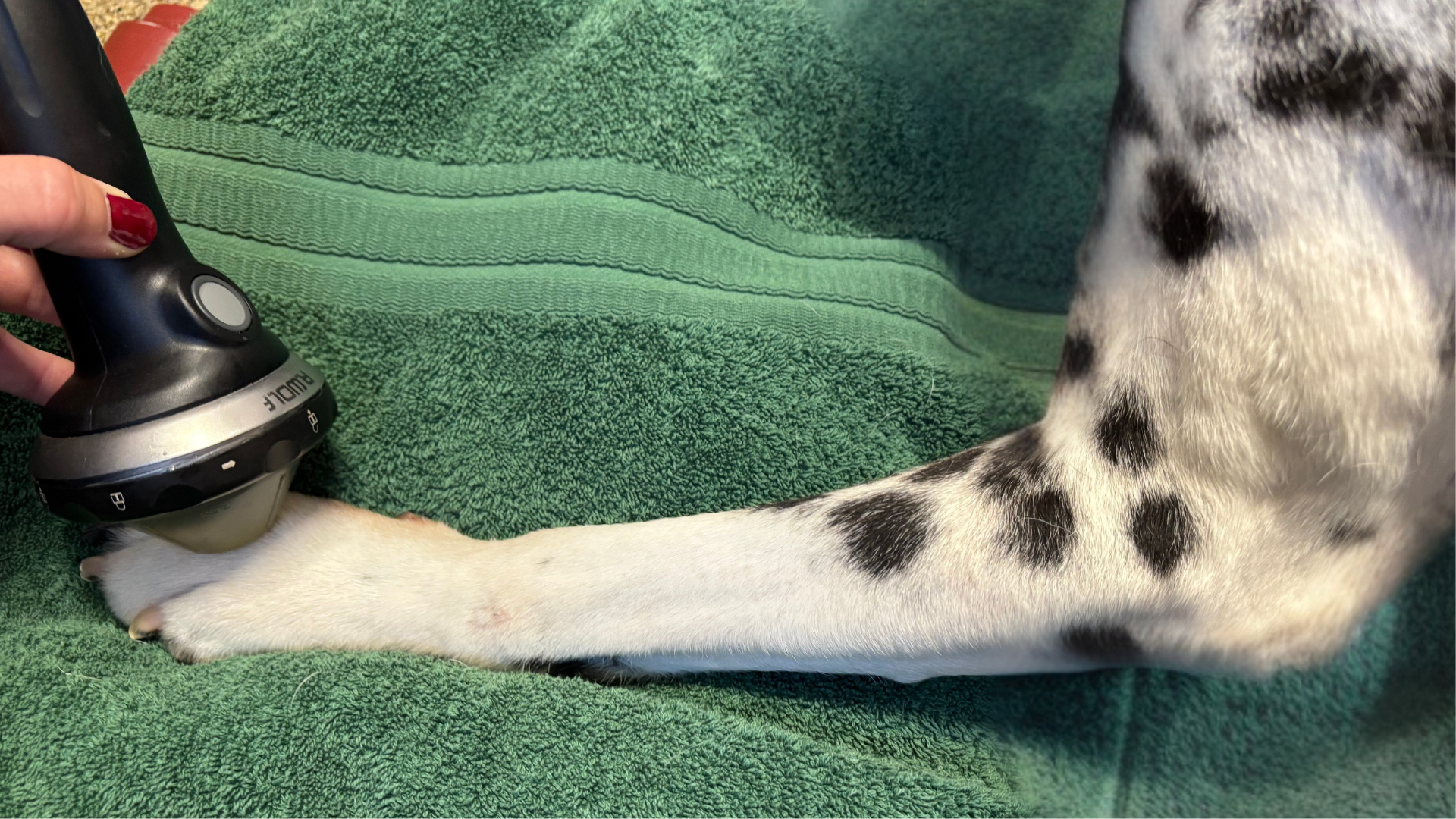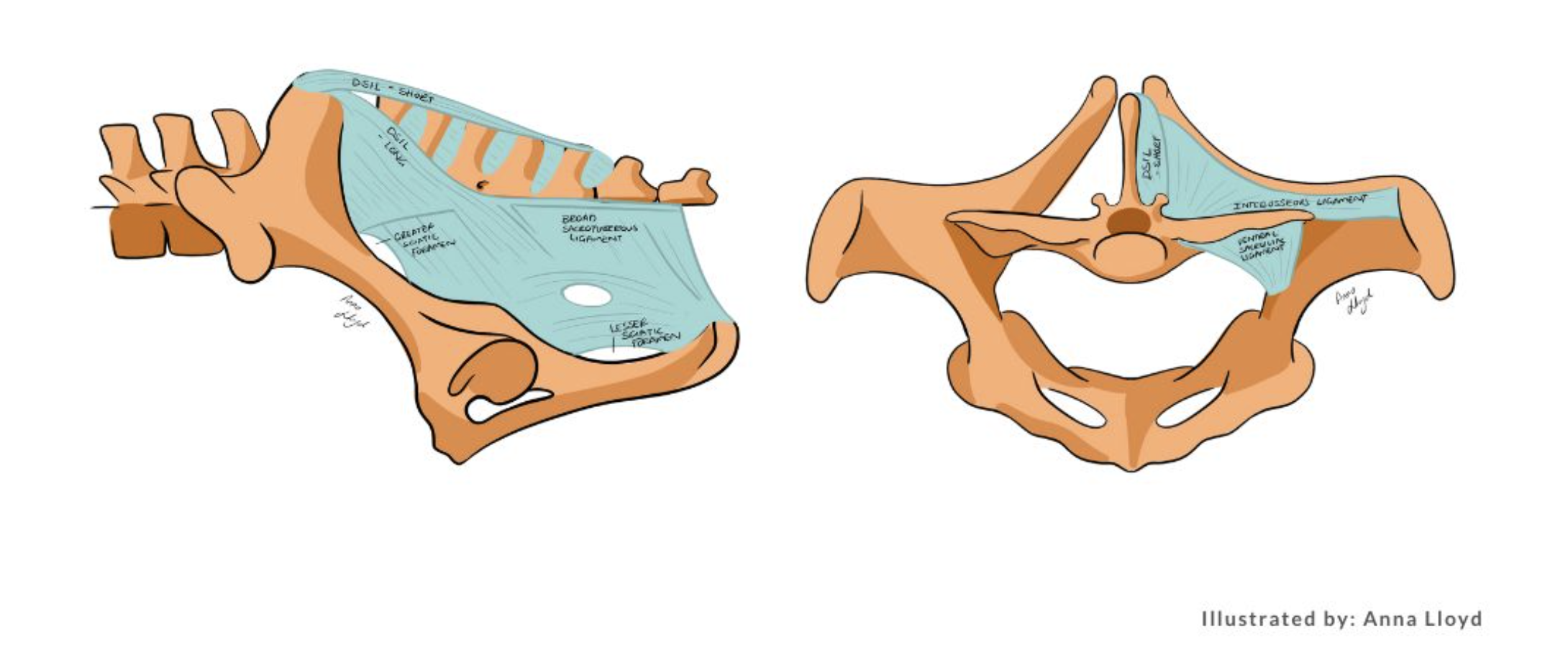Is Shockwave Therapy’s Effect on Fascia and Pain Relief Connected?
Fascia is finally getting the attention it deserves—and for good reason. In this educational video, Dr. Cindy Harrington breaks down the findings of a pivotal 2022 paper by Ryskalin et al., exploring the molecular mechanisms behind shockwave therapy’s pain-relieving effects on fascia and its rich supply of nociceptors.
So, how exactly does fascia relate to functional movement and chronic pain—and what role does shockwave therapy play in addressing it?
First, it’s important to understand that fascia isn’t just connective tissue—it’s a dynamic, innervated organ system that supports muscles, bones, nerves, and organs. It comes in two main forms: superficial fascia, located just beneath the skin and involved in insulation and mobility, and deep fascia, which envelops muscles and has a dense network of sensory nerves.
Deep fascia, in particular, has become a central focus in discussions around chronic myofascial pain, thanks to its abundance of nociceptors, including unmyelinated C fibers and A-delta fibers. These nerve fibers are critical for detecting noxious stimuli, and their involvement may explain why fascial dysfunction can contribute to persistent pain syndromes.
Shockwave therapy—specifically focused extracorporeal shockwave therapy (ESWT)—has demonstrated significant potential in reducing pain associated with fascial dysfunction. According to the 2022 Ryskalin paper, shockwave therapy may:
- Degenerate nociceptive fibers in the fascia, particularly C fibers that play a central role in chronic pain
- Reduce levels of substance P and CGRP, key neuropeptides involved in nociception and neurogenic inflammation
- Prevent reinnervation, which helps reduce long-term pain sensitivity
- Mechanically disrupt fascial adhesions and trigger points, restoring gliding mobility and decreasing mechanical irritation
These mechanisms suggest that shockwave therapy doesn’t just relieve pain at the muscular level—it also targets the fascia directly.
In veterinary medicine, the effect of shockwave on fascia is an emerging area of interest. While animals can’t report pain on a 1–10 scale, studies are beginning to provide objective measures. One such study, conducted in 2020, evaluated the use of shockwave for thoracolumbar back pain in horses. The results were striking: pain relief was sustained for at least 14 days after the final treatment, with no change in muscle cross-sectional area, indicating that the effect may have been fascial rather than muscular.
So, is shockwave therapy’s effect on fascia and pain relief connected? The growing body of research strongly suggests yes. As clinicians, we must expand our understanding of fascial contributions to pain and reconsider how much fascia we’re actually treating—whether targeting tendons, joints, or spinal segments.
For anyone treating chronic pain, mobility issues, or performance dysfunction, fascia deserves a seat at the table—and shockwave therapy may be one of the most effective tools we have to address it.
References
Ryskalin, L., Morucci, G., Natale, G., Soldani, P., & Gesi, M. (2022). Molecular mechanisms underlying the pain-relieving effects of extracorporeal shock wave therapy: a focus on fascia nociceptors. Life, 12(5), 743.
Trager, L. R., Funk, R. A., Clapp, K. S., Dahlgren, L. A., Werre, S. R., Hodgson, D. R., & Pleasant, R. S. (2020). Extracorporeal shockwave therapy raises mechanical nociceptive threshold in horses with thoracolumbar pain. Equine veterinary journal, 52(2), 250-257.
ELvation Marketing Team
Combining sales and flexible customer support with many years’ in-depth knowledge of medical equipment we offer customized solutions to create value with long-term investments and medical supplies. ELvation’s strength lies in its ability to combine the apparently contradictory needs of improving the standards of patient care by providing high-quality medical technology and good corporate profitability. We have a special partnership with Richard Wolf GmbH as their long-term authorized Sales & Service Team for piezo shockwave systems.



